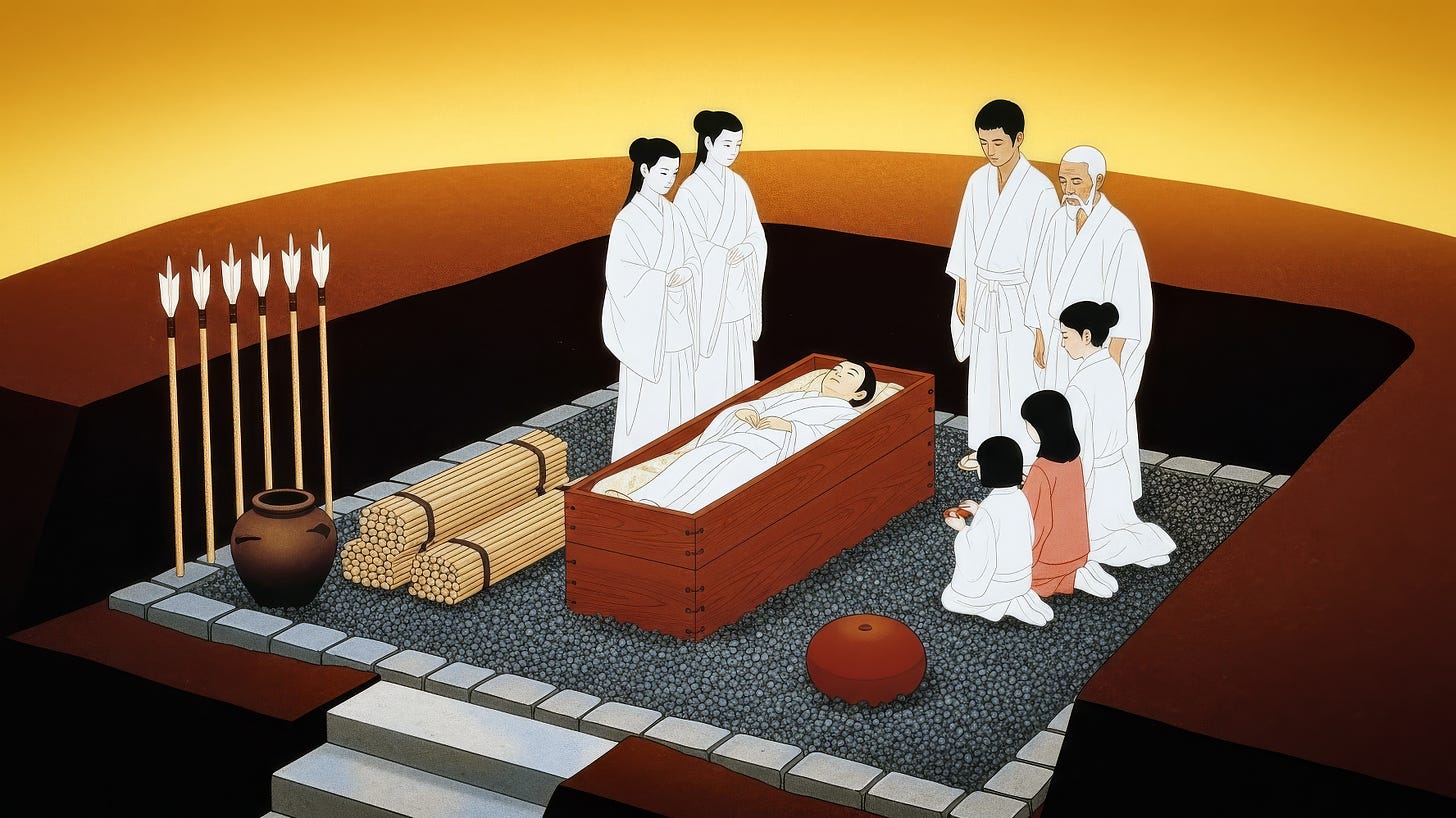Erasing Time and Space to See History
Mysteries Surrounding Kofun
Osaka’s southern-central city of Sakai, where I was born and raised, lies at the midpoint of the Yamato River, with Osaka City on the north side and Izumi-Ōtsu and Kishiwada, the former Izumi Province, on the south side. The area where I first lived was near Ōtori Taisha, a shrine with a long history, though this shrine is now incorporated into Sakai City, it was originally part of Izumi Province. Later, my parents moved to a new residential district in Sakai, leaving behind the older historical area, but because my grandmother’s house was located in the old town of Sakai, I often visited there. Among the many memories, what stands out most vividly to me now are the burial mounds known as kofun.
The kofun in Sakai are now registered as UNESCO World Heritage sites, but looking back, a 2021 report by the Agency for Cultural Affairs stated that there are as many as 159,953 kofun sites across Japan. Taking into account those destroyed unknowingly during the nationwide large-scale development of the high economic growth period, as well as those still undiscovered, the actual number is believed to be even higher.
Examining the numbers by prefecture reveals some fascinating patterns. The prefecture with the most kofun is Hyōgo, adjacent to Osaka, with 18,707, followed by Tottori, which flourished during the Yayoi period on the Sea of Japan side, with 13,505, and then Kyoto with 13,103. At first glance, Osaka Prefecture, where I live, appears low with only 3,428. Yet the distinguishing feature of Osaka’s kofun is their immense size.
Meanwhile, neighboring Nara Prefecture has 9,663 kofun. As Nara was once called Yamato, it is historically rich in heritage, and there must have been a historical progression of kofun construction moving toward the court that once existed in Nara. This remains under investigation, but with countless conflicting theories, it is difficult to determine precisely which routes influenced the kofun of Yamato.



